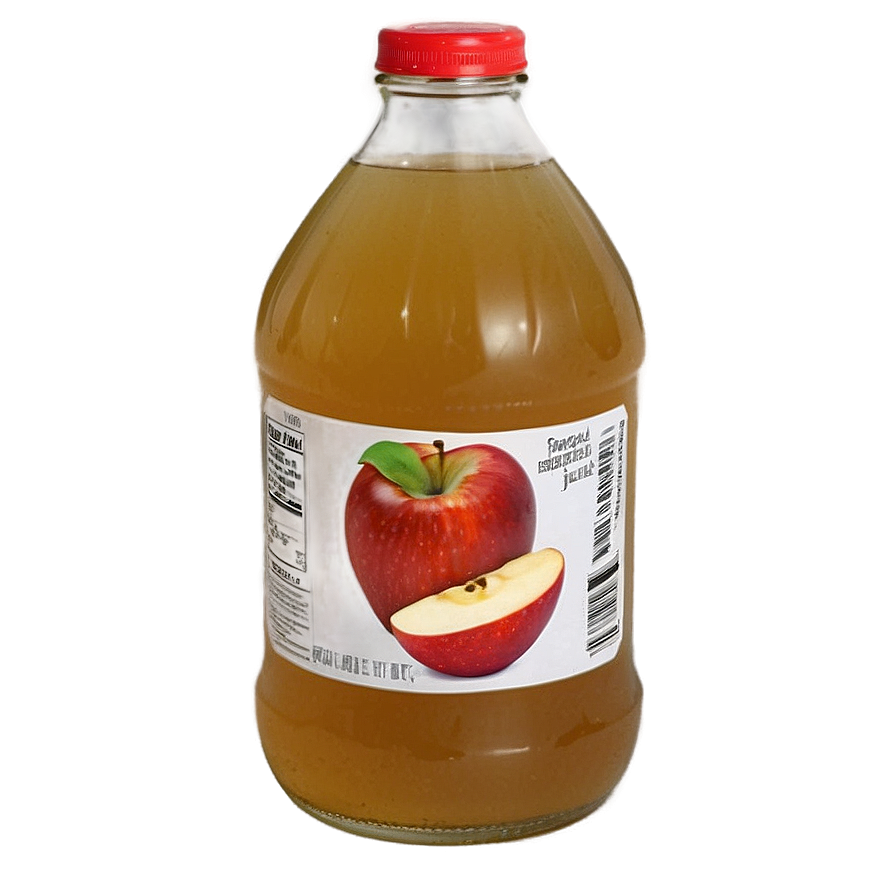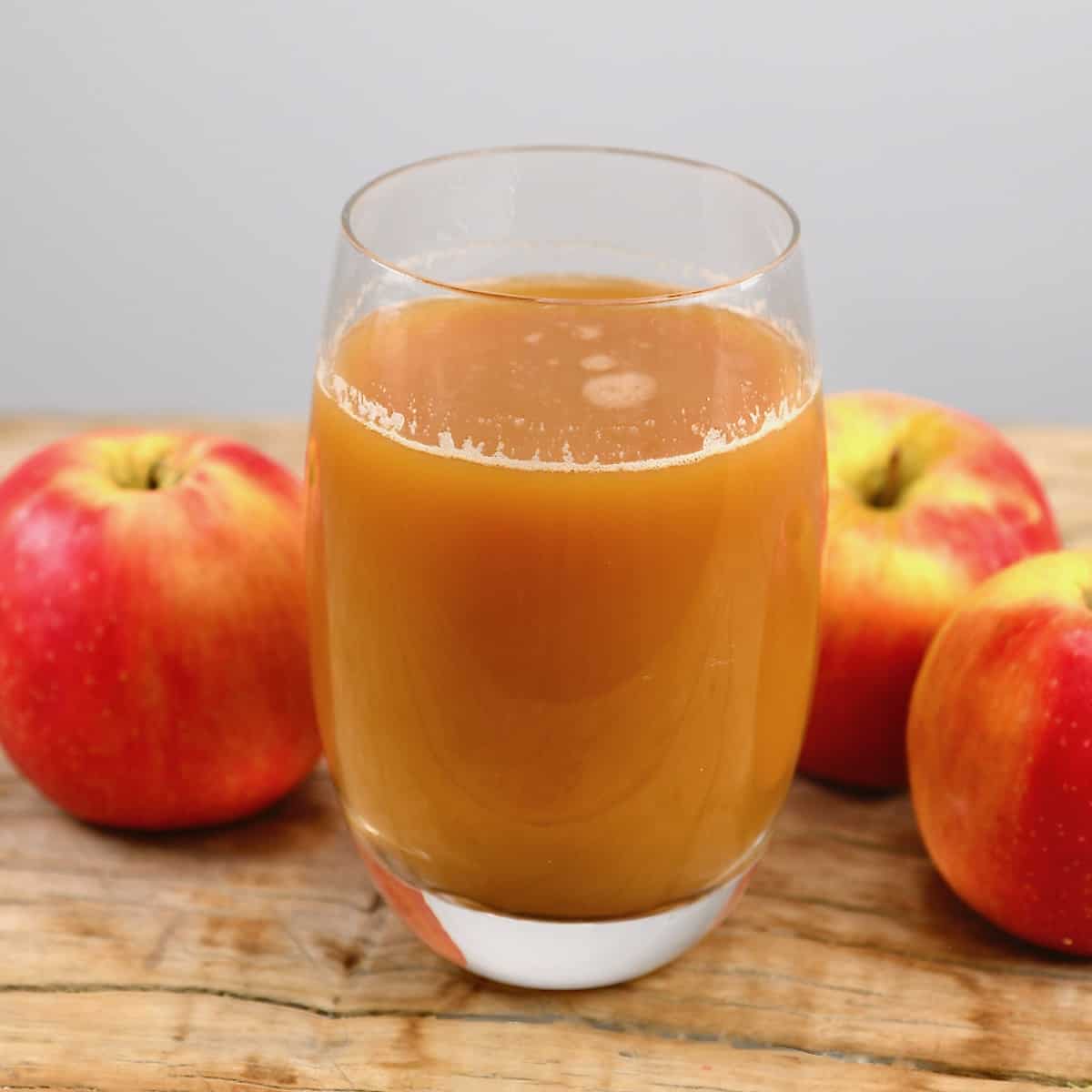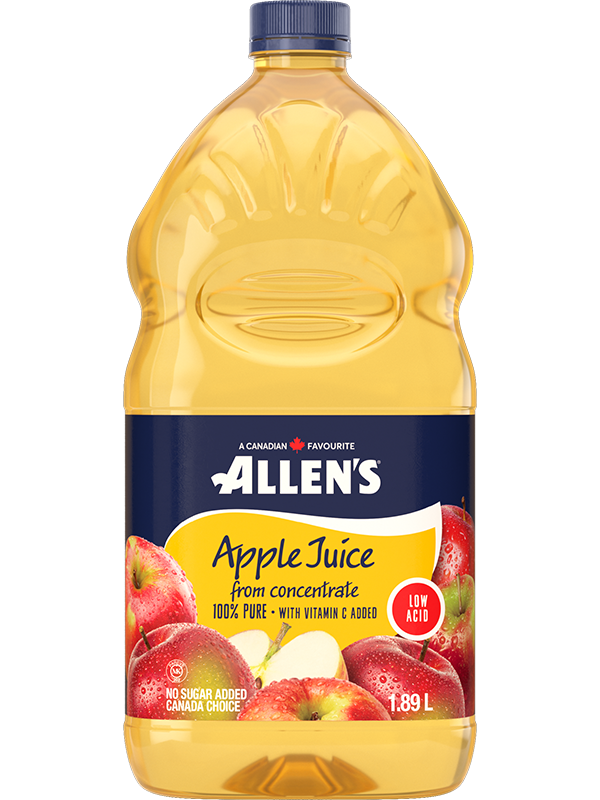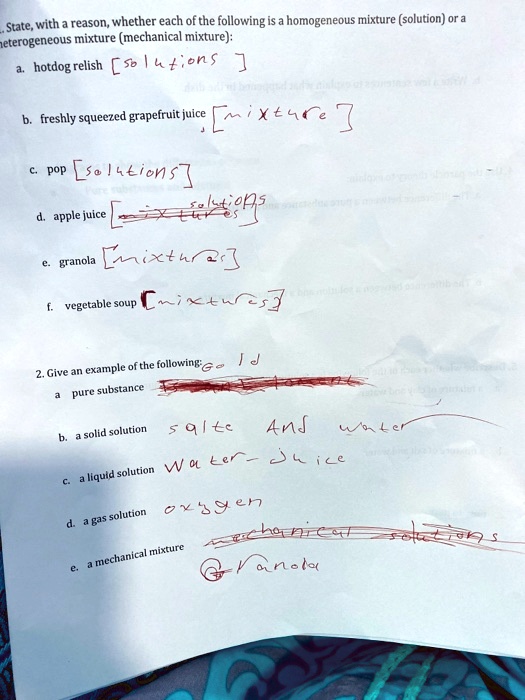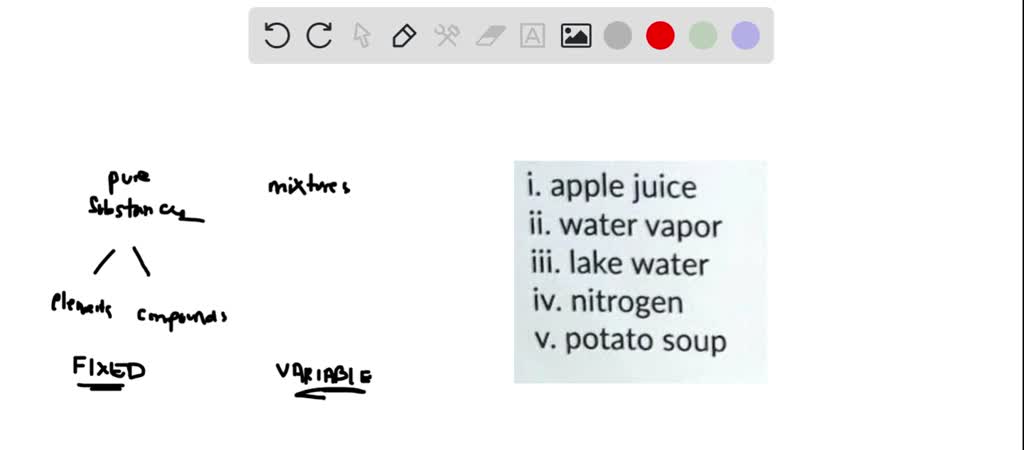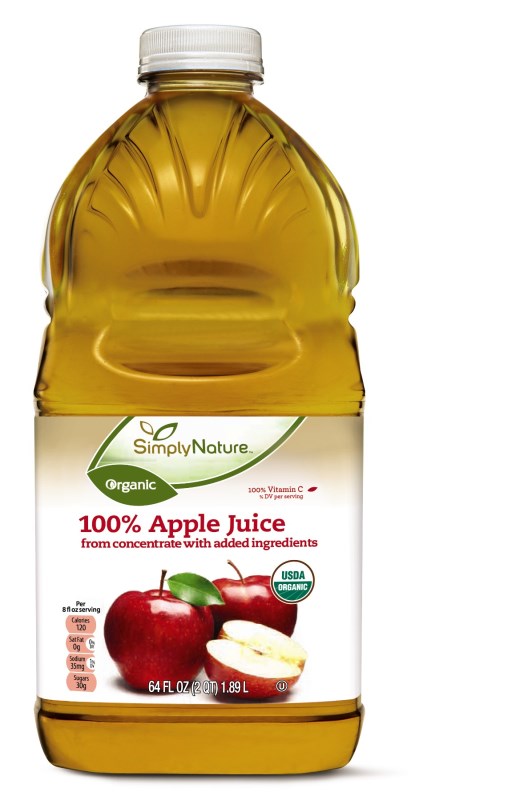Is Apple Juice A Pure Substance

A seemingly simple question – is apple juice a pure substance? – has stirred a surprisingly complex debate, reaching beyond the realm of simple kitchen chemistry and into the heart of food science and regulatory definitions. This seemingly innocuous query touches upon fundamental understandings of what constitutes a pure substance, a mixture, and the intricacies of food processing.
At the center of this debate is the very definition of purity and how it applies to naturally derived products. While seemingly straightforward, the question of apple juice’s classification unveils the nuances of chemistry and the challenges in categorizing real-world substances against idealized scientific definitions. Understanding this distinction is vital for consumers, manufacturers, and regulatory bodies alike as it dictates labeling, processing standards, and ultimately, our understanding of what we consume.
The Ideal of Purity: A Chemical Perspective
In chemistry, a pure substance is defined as matter with a fixed chemical composition and distinct properties. This means it should consist of only one type of molecule or atom. Examples include distilled water (H₂O) and pure gold (Au).
However, the idealized definition of a pure substance rarely exists in the natural world. Most materials we encounter are actually mixtures, composed of two or more substances physically combined.
Apple Juice: More Than Meets the Eye
Apple juice, at first glance, might seem like a simple product. It’s essentially the liquid extracted from apples. But a closer look reveals a complex concoction.
The primary component is, of course, water. However, apple juice also contains a significant amount of sugars, primarily fructose, glucose, and sucrose.
Furthermore, it includes various acids, such as malic acid, which contribute to its tartness, as well as vitamins, minerals, and trace amounts of other organic compounds, including flavor compounds and polyphenols.
The Verdict: A Mixture, Not a Pure Substance
Based on the chemical definition of purity, apple juice is definitively a mixture. The presence of multiple compounds – water, sugars, acids, vitamins, and minerals – disqualifies it from being a pure substance.
Even filtered apple juice, which removes pulp and larger particles, still contains these dissolved compounds. Therefore, filtration alone does not render it a pure substance.
According to Dr. Emily Carter, a food chemist at the National Food Science Institute, "While processing can concentrate or dilute certain components of apple juice, it doesn't isolate a single substance. It remains a complex solution."
But What About Concentrated Apple Juice?
Concentrated apple juice, produced by removing water, might seem closer to a pure substance. By evaporation, the water content is reduced, increasing the concentration of sugars and other solutes.
However, even concentrated apple juice is still a mixture. It's simply a mixture with a different ratio of components. The underlying principle remains: multiple compounds are present.
The Food and Drug Administration (FDA) classifies apple juice concentrate as a food ingredient derived from apples, further solidifying its status as a processed mixture rather than a pure isolated substance.
Industry Perspectives and Processing Nuances
From an industry perspective, the focus is often on standardization and quality control. Apple juice manufacturers aim for a consistent product with specific sugar levels, acidity, and flavor profiles.
Processes like pasteurization and filtration are employed to ensure safety and stability. These processes impact the final composition of the juice, yet the fundamental characteristic as a mixture remain unaffected.
One spokesperson from Apple Growers of America stated, "Our goal is to provide consumers with a safe and enjoyable product. We strive for consistency, but we acknowledge that apple juice is a natural product, and its composition can vary slightly depending on the apple variety and growing conditions."
The Implications: Labeling and Consumer Understanding
Understanding whether apple juice is a pure substance or a mixture has implications for labeling requirements and consumer education. Labeling laws require accurate information about the ingredients and nutritional content of food products.
Consumers deserve to know what they're consuming, and a clear understanding of the composition of apple juice is crucial. This includes knowing the types of sugars present, the levels of vitamins and minerals, and any potential additives.
By understanding the complex nature of apple juice, consumers can make more informed decisions about their dietary choices. Misconceptions can lead to unrealistic expectations or inappropriate uses of the product.
Beyond Apple Juice: The Purity of Other Foods
The debate surrounding apple juice highlights a broader challenge in classifying food products as pure substances. Many other naturally derived foods are also mixtures, containing a variety of compounds.
Orange juice, milk, and even honey are all examples of complex mixtures. Classifying these substances requires a nuanced understanding of their composition and the processes used to create them.
Therefore, the criteria for purity must be considered within the context of the food and the intended use. A rigid application of the chemical definition would render almost all food products as mixtures.
Looking Ahead: Defining "Pure" in the Context of Food
The question of apple juice’s purity underscores the need for a clear and consistent definition of "pure" in the context of food science. This definition must balance scientific accuracy with practical considerations, such as food processing methods and consumer expectations.
Future research could focus on developing analytical methods for characterizing the composition of food products. This would provide more detailed information for labeling and regulatory purposes.
Ultimately, a better understanding of food composition will empower consumers to make more informed choices and promote a healthier relationship with the food we eat. The debate about apple juice serves as a valuable case study in this ongoing effort, encouraging a more nuanced and scientifically informed approach to understanding the nature of our food.











